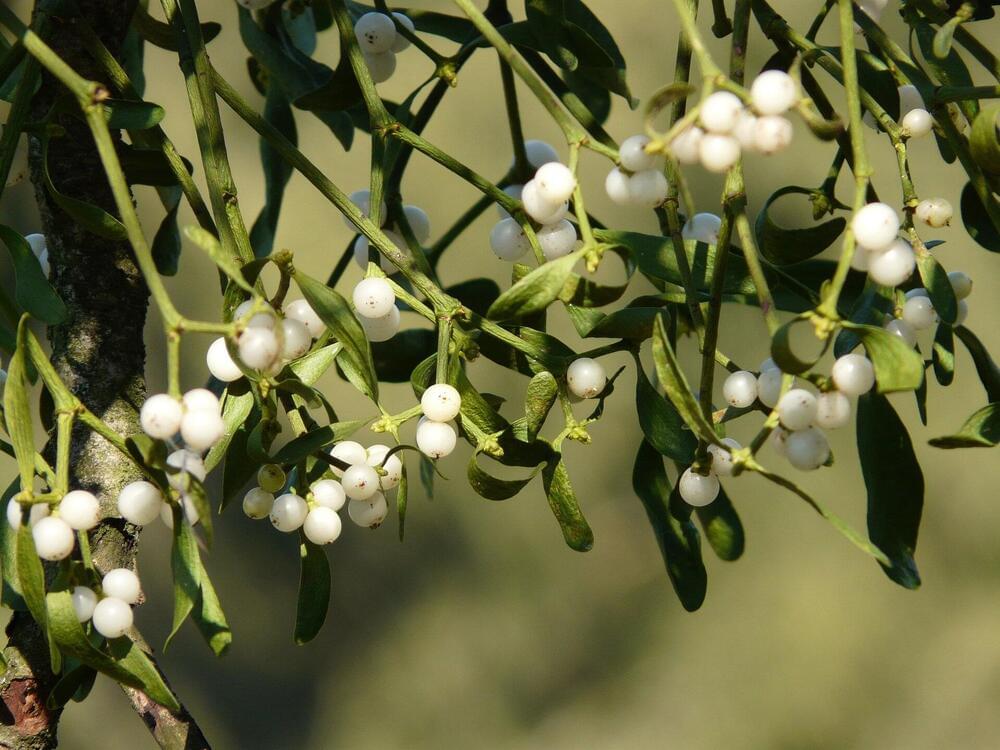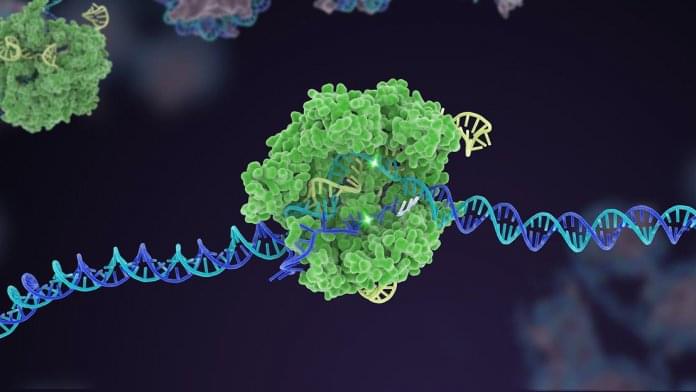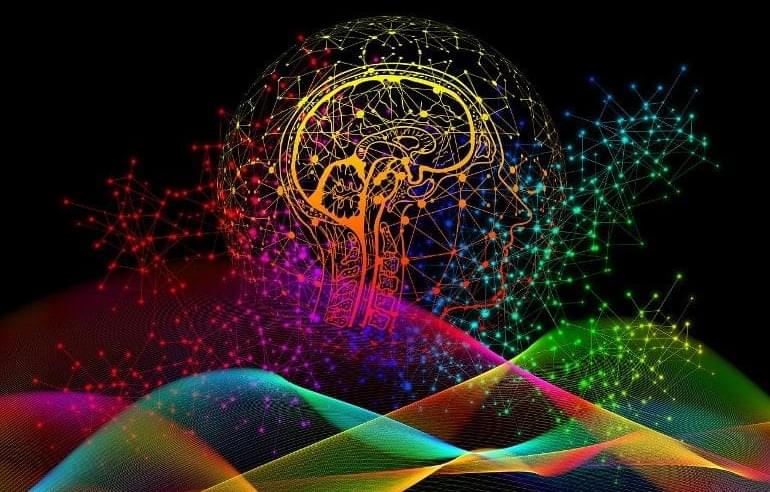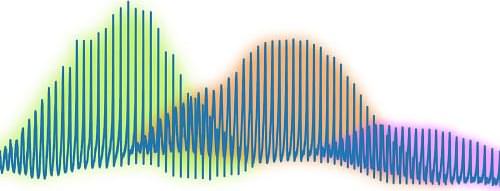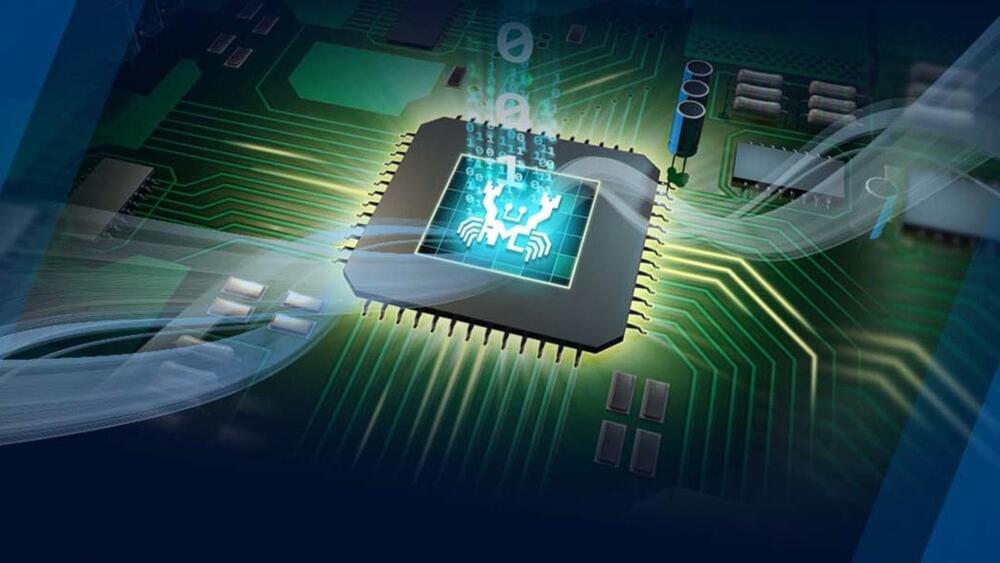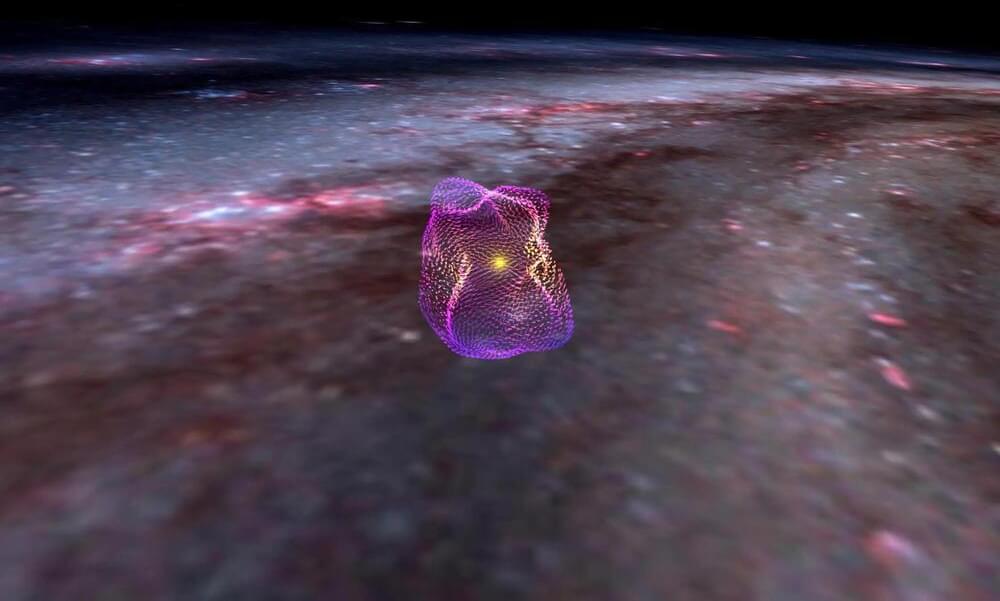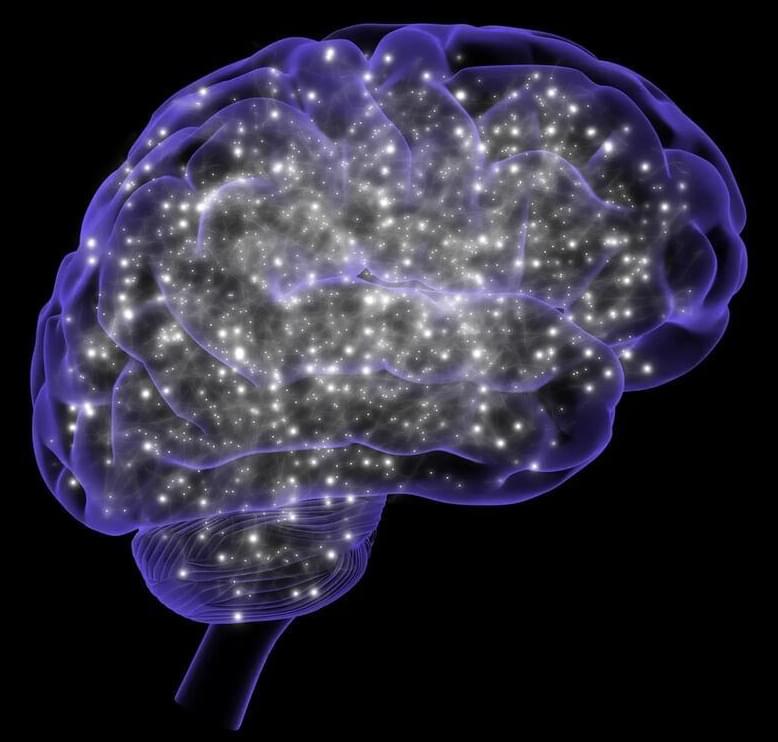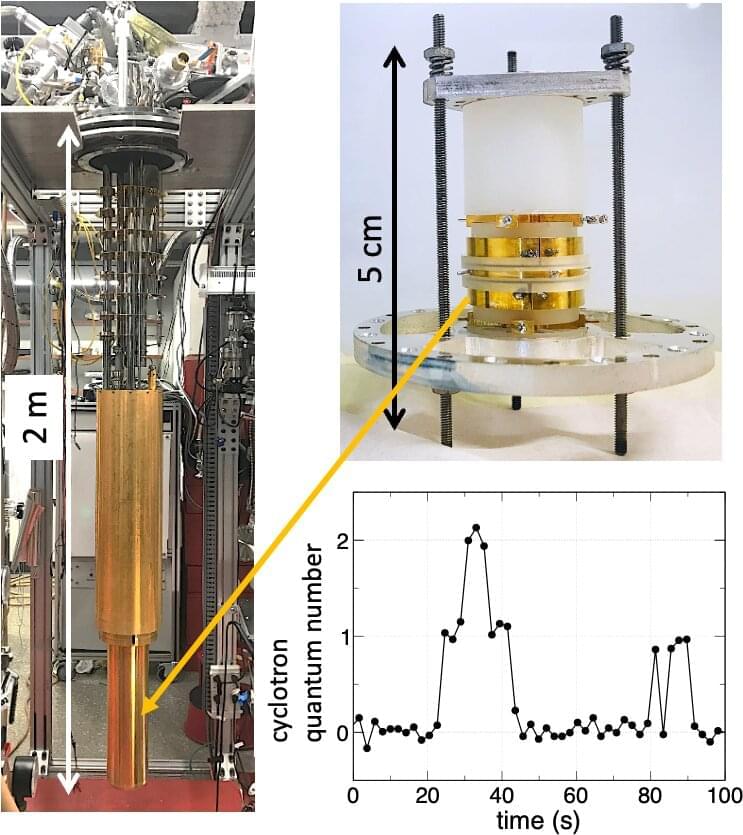Jan 25, 2023
Despite its romantic reputation, mistletoe is a nutrient-stealing parasite
Posted by Saúl Morales Rodriguéz in category: food
Mistletoe may be a welcome holiday sight when hung over a doorway if a loved one is near. But it can be an unwelcome intruder when found in your trees, according to a Texas A&M AgriLife Extension Service horticulturist.
“Mistletoe is a hemiparasite—a semi-parasitic plant,” said Allison Watkins, AgriLife Extension horticulturist for Tom Green County. “It makes its food from photosynthesis, but the roots grow into the host tree, sucking water and minerals out from the sap.”
In other words, you likely do not want to see mistletoe growing on your favorite shade tree or prized ornamental. However, mistletoe can survive as long as the tree it inhabits. So, some mistletoe alive today may still be around in 100 years.
